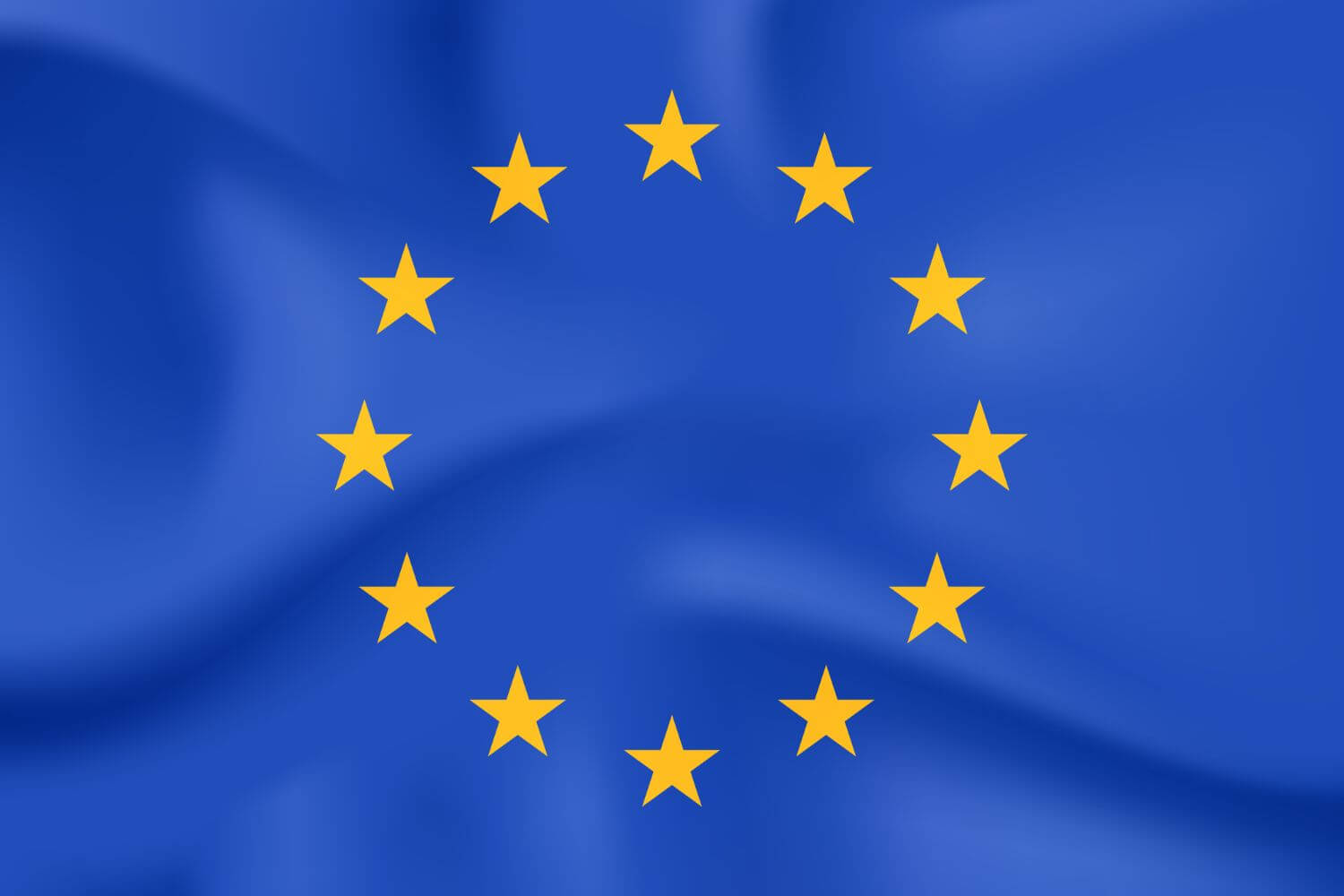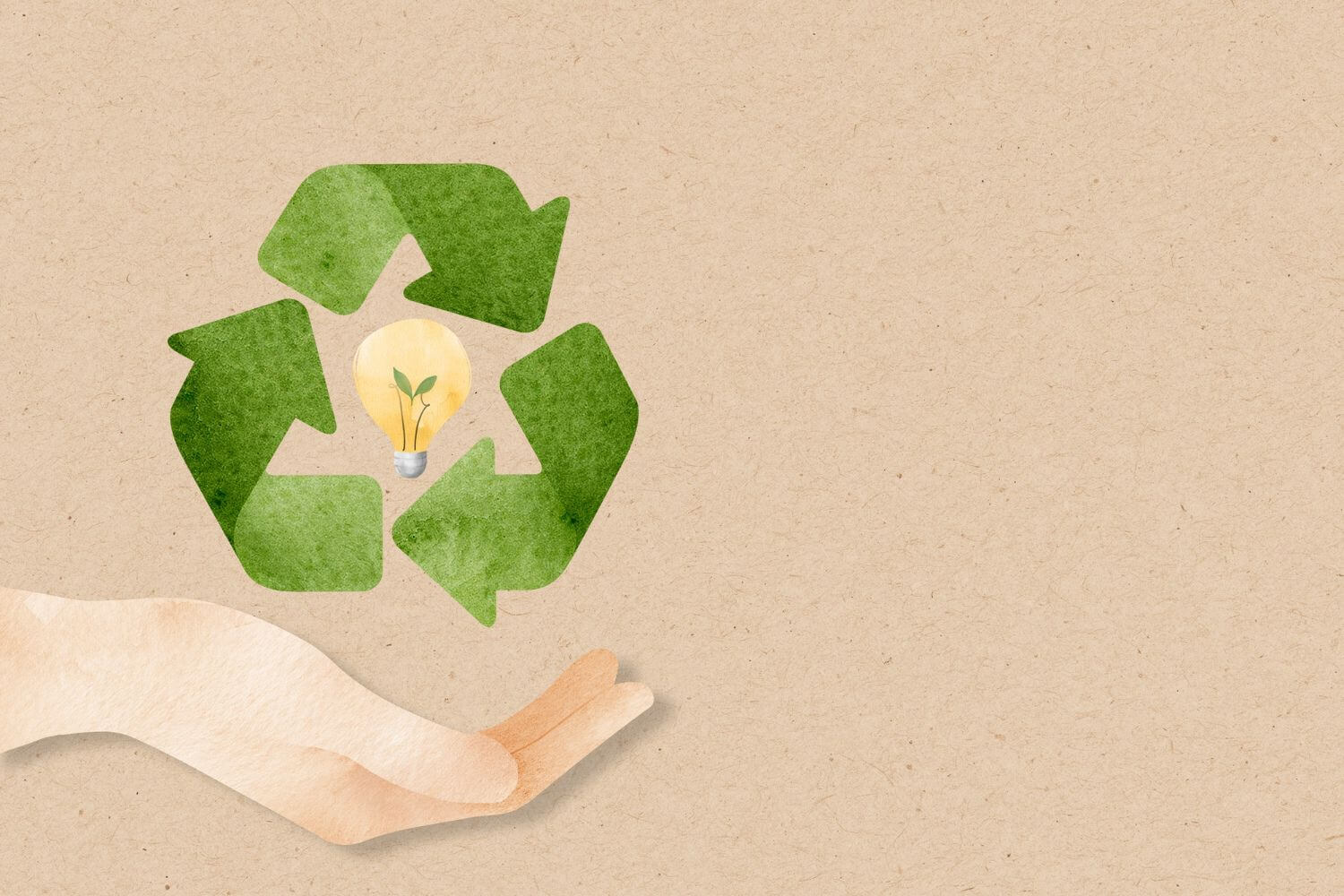The beginning
At the beginning of the 21st century, the European Commission stated that 80% of the environmental impact of energy-consuming appliances is decided at the product design stage: the product design phase is therefore the most responsible for the energy consumption of, for example, a washing machine or a refrigerator. Therefore, the Commission has set minimum ecodesign requirements, i.e. ecodesign rules, which manufacturers must comply with when designing and manufacturing products.
In the EU, the Commission first set the framework for ecodesign regulation by Directive 2005/32/EC in 2005. This legislation was revised in 2009 and new legislation, Framework Directive No. 2009/125/EC, entered into force. Accordingly:
Eco-design requirements had to be established for energy-using products that
- are characterized by high sales and trade volumes,
- have a significant environmental impact,
- have the potential to improve their impact without incurring excessive costs.
Rules governing specific products are covered by specific EU regulations. The regulation is taking place in parallel with the energy labelling legislation, as the latter complements the ecodesign regulations (the technical information forming the basis for the energy classes, e.g. the definition of the overall energy index – EEI – is laid down in the specific ecodesign regulations). Ecodesign rules establish the maximum amount of energy that a given appliance can consume.








